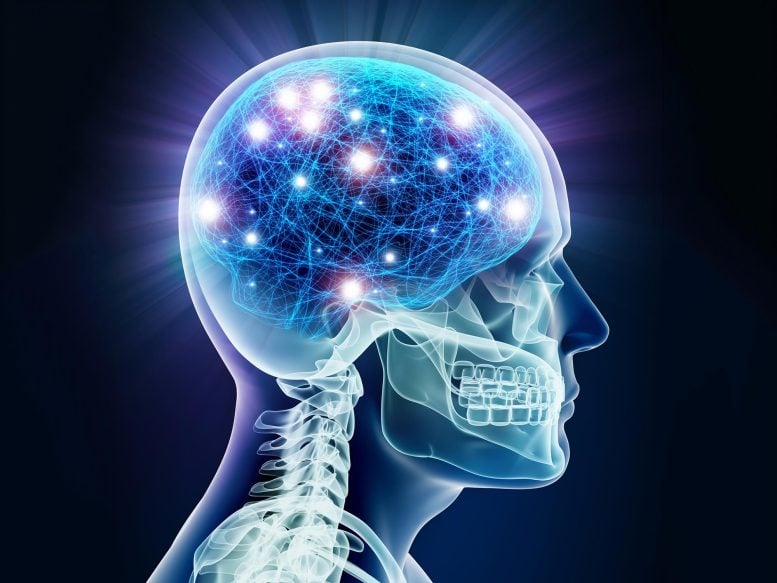Scientists Identify Group of Neurons Linked to Feeling Full


Recent research demonstrates that GLP-1 receptor agonists, which are medications that mimic the gut hormone glucagon-like peptide-1 to stimulate insulin release, help increase feelings of fullness before eating by influencing neural pathways in the hypothalamus, potentially aiding in obesity management by modifying responses to food cues and perceptions.
A new study reveals that GLP-1 receptor agonists enhance the feeling of fullness before eating by affecting neurons in the dorsomedial hypothalamus, offering insights into their role in preventing overeating and treating obesity.
A new study has found that GLP-1 receptor agonists trigger sensations of fullness prior to eating by acting on neurons in the dorsomedial hypothalamus. This research sheds light on the neural mechanisms through which these agonists enhance satiety and help prevent excessive food intake, playing a crucial role in addressing obesity.
Glucagon-like-peptide-1 (GLP-1) plays an important role in signaling the feeling of fullness after eating. Preingestive satiation is a phenomenon that occurs before actual food intake, allowing animals to regulate internal status and prepare for changes. Recently, GLP-1 receptor agonists (GLP-1RAs) have proven effective in treating obesity by affecting food cognition, diminishing hypothalamic responses to food cues, and altering food palatability perception. GLP-1 receptor agonists are synthetic drugs that mimic the hormone GLP-1, which is produced in response to food intake.
Research Findings and Methodology
These findings suggest that GLP-1RAs may play a role in preingestive satiation to control food intake. However, the central mechanisms underlying these effects are poorly understood, and the targets of GLP-1RAs remain controversial. Here, Kyu Sik Kim and colleagues present the results of a phase-specific clinical trial involving obese individuals.
Kim et al. conducted satiation surveys at baseline, pre-ingestive, and ingestive phases, with or without GLP-1RA treatment. The results showed that GLP-1RA treatment consistently increased the satiation index (overall feeling of fullness) across all phases, while the control group showed a decline from baseline to pre-ingestive phase. In the pre-ingestive phase, GLP-1RA significantly increased the satiation index compared to baseline, enhancing prospective food ingestion, food reward, and motivation satiation indices.
Through analysis of human and mouse brain samples, Kim et al. identified neural circuits in the dorsomedial hypothalamus that interact with these agonists to induce dampening of the desire for food. Optogenetic manipulation of these neurons caused satiation and calcium imaging demonstrated their active involvement in encoding preingestive satiation.
Reference: “GLP-1 increases preingestive satiation via hypothalamic circuits in mice and humans” by Kyu Sik Kim, Joon Seok Park, Eunsang Hwang, Min Jung Park, Hwa Yun Shin, Young Hee Lee, Kyung Min Kim, Laurent Gautron, Elizabeth Godschall, Bryan Portillo, Kyle Grose, Sang-Ho Jung, So Lin Baek, Young Hyun Yun, Doyeon Lee, Eunseong Kim, Jason Ajwani, Seong Ho Yoo, Ali D. Güler, Kevin W. Williams and Hyung Jin Choi, 27 June 2024, Science.
DOI: 10.1126/science.adj2537


